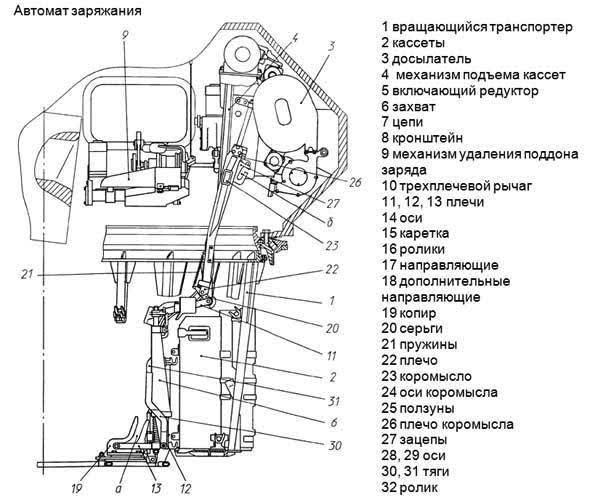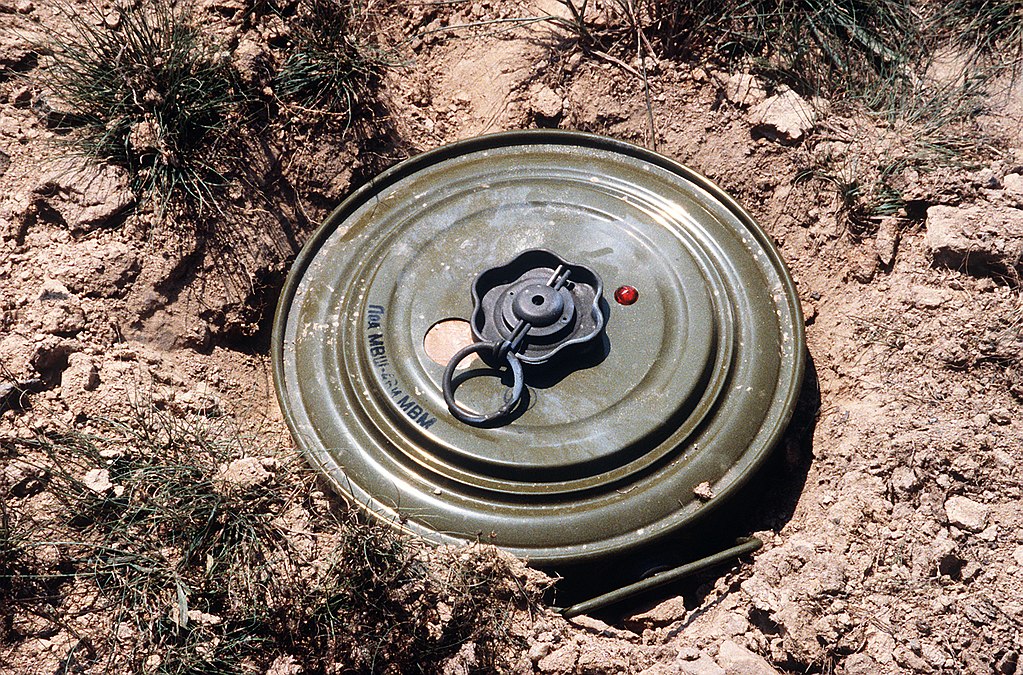The video above shows the APFSDS penetrator being obliterated by the impact but is that true?The simulation shows perfectly fine penetration.
It is designed to work like that in order to minimalize ricochet.
Let's focus on some principles here.
The top hull plate of M1 is made of steel 2' thick.
TWO INCHES.
That's it.
Seeing it for the first time, one can be surprised.
It is very sloped indeed, but at the end of a road, we have approx. 380 mm of RHAe LOS equivalent.
And that should tell us one more thing: this is a base level of protection M1 was constructed with and applies to every single part of a frontal armor package varying from 350 to about 400 mm of RHAe.
That's it.
And that applies to ALL western tanks of the era, that is L2 and Ch2 as well. Actually, Ch2 was even less protected, the project for shah was designed with maximal protection of about 350 mm. A quantum leap over the Chieftain's 250 mm of mild steel, yet ...

So only by having the basics, we can make calculations and opinions.
What we have is a perfectly fine penetration made with old projectile, and appliable to every single M1 in service, no matter the fancy letters.
This penetration leaves the driver dead, and the tank out of action with 99% guarantee.
These simulations are quite fine but do not consider one important parameter.
That is the angle of impact.
Even very fast penetrating rods are not being shot with a 0 angle for longer distances. For 2000m, it won't hit absolutely head-on, which is the simulation's most important element. Adding even a few deg to the impact geometry makes the relative LOS lower.
As Garry mentioned, tanks are dynamic. The terrain is dynamic. So those sims are only valid to some degree.
That reminded me of my nice chit-chat with already mentioned lt. col. with his "even Hellfire haven't managed!" contested with Soviet-era 3BK29, which pierced 850 mm - much better than the Hellfire











